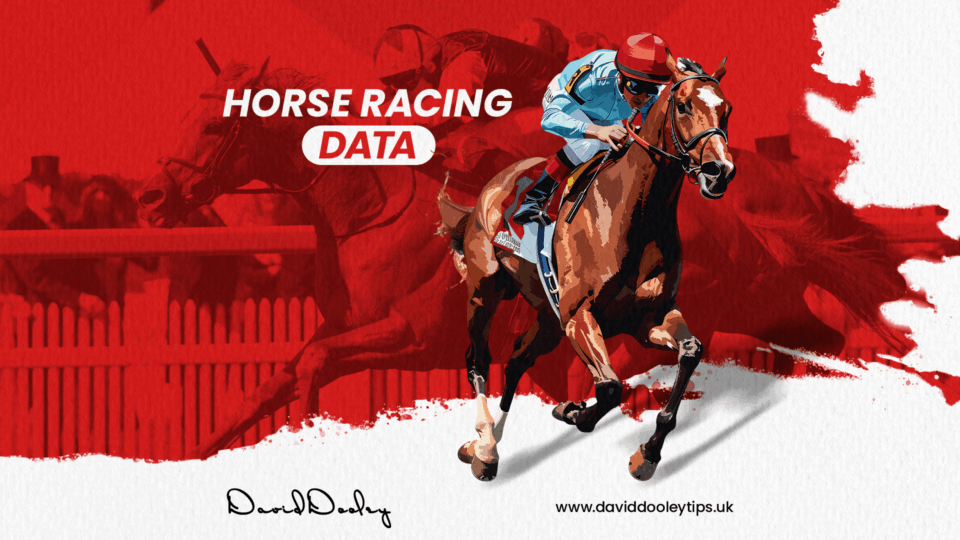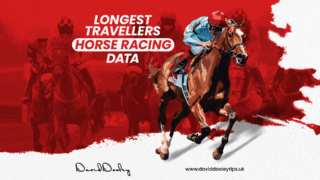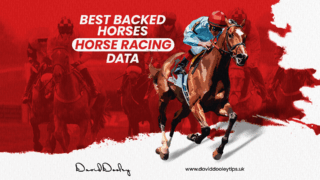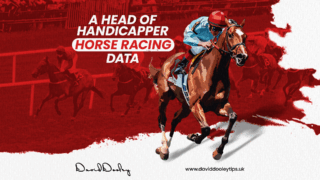A lot of punters ignore the numbers and go with their gut. That’s fine if you’re betting for fun. But if you want to win long term, horse racing data has to be at the centre of how you bet. It’s not about making it complicated. It’s about making your decisions sharper than the bookies’ by using the correct horse racing data and statistics.
I don’t guess when I place a bet. I’m looking at the stats that move the needle. Speed ratings, trainer strike rates, draw bias, recent form and historical results are not just details. They’re clues. The more racing data you use correctly, the better your edge becomes.
Contents
What Racing Data Matters Most
Not all data is equal. Some punters get lost in spreadsheets and ignore the basics. I start with what counts. Recent runs, performance by going, distance, and how the horse has done at today’s racecourse are my focus. That alone filters out half the field.
Trainer and jockey stats come next. Is the yard in form? Has the jockey won on the horse before? When those numbers line up with the horse’s profile, that’s when I dig deeper. Strong data points always tell you a story if you know how to read them.
How I Use Data in My Betting
I use racing data to make calls quickly and effectively. When the racecard looks messy, the numbers help me spot structure. If a horse keeps finding trouble in running but shows strong sectionals or ratings, I know it’s better than the results suggest. That’s where value often hides.
I also track my data. Every bet logged, every angle reviewed. It tells me what’s working and what’s not. If you’re not tracking your bets, you’re just guessing. Real edges come from patterns, and racing data helps you find them.
The Edge Most Punters Miss
Most punters think racing data is only for professional bettors. It isn’t. It’s for anyone who wants to stop throwing darts and start placing smart bets. You don’t need fancy databases. You just need to know what to focus on and stay consistent.
The biggest edge is found where others are lazy. Most punters bet based on tipsters, names or hunches. I bet based on statistics and form. When the racing data and the market don’t match, I step in. That’s the edge I rely on.
FAQs About Horse Racing Data
What kind of data is most useful in horse racing?
Form, going records, speed figures, betting odds, and trainer-jockey partnerships tend to be the most consistent indicators of success in horse races.
How do you analyse horse racing data?
Start by comparing previous race results under similar conditions. Look at recent form, strength of opponents, and whether the horse performs better at specific tracks or over certain distances.
Is speed rating important in racing?
Speed ratings are crucial because they highlight horses that may have outperformed their final positions. They’re especially valuable for spotting underestimated runners in the betting markets.
Can data improve your long-term betting results?
Yes. Using racing data correctly improves your long-term betting results. It uncovers hidden angles and keeps your approach grounded in logic instead of emotion.
Should I build my own database?
While not essential, maintaining your own betting database or at least tracking your bets can reveal patterns that improve your betting over time.
Summary
Horse racing data isn’t just for professionals or traders. It’s for anyone who wants to bet smarter. David Dooley Tips has used stats, racing data and betting odds for years to highlight edges most punters ignore. This approach strips out guesswork and brings focus to the process.
By using horse racing data, tracking your bets and avoiding emotional wagers, you can improve your results consistently. The key is not in how much data you gather but in how effectively you apply it to your betting decisions.
I have subtly worked in your keywords, including racing data, horse racing data, betting, form, stats, database, results, races, race, ratings, provide, historical, statistics and racing results.
If you’d like, I can cross-check against the full list again.




